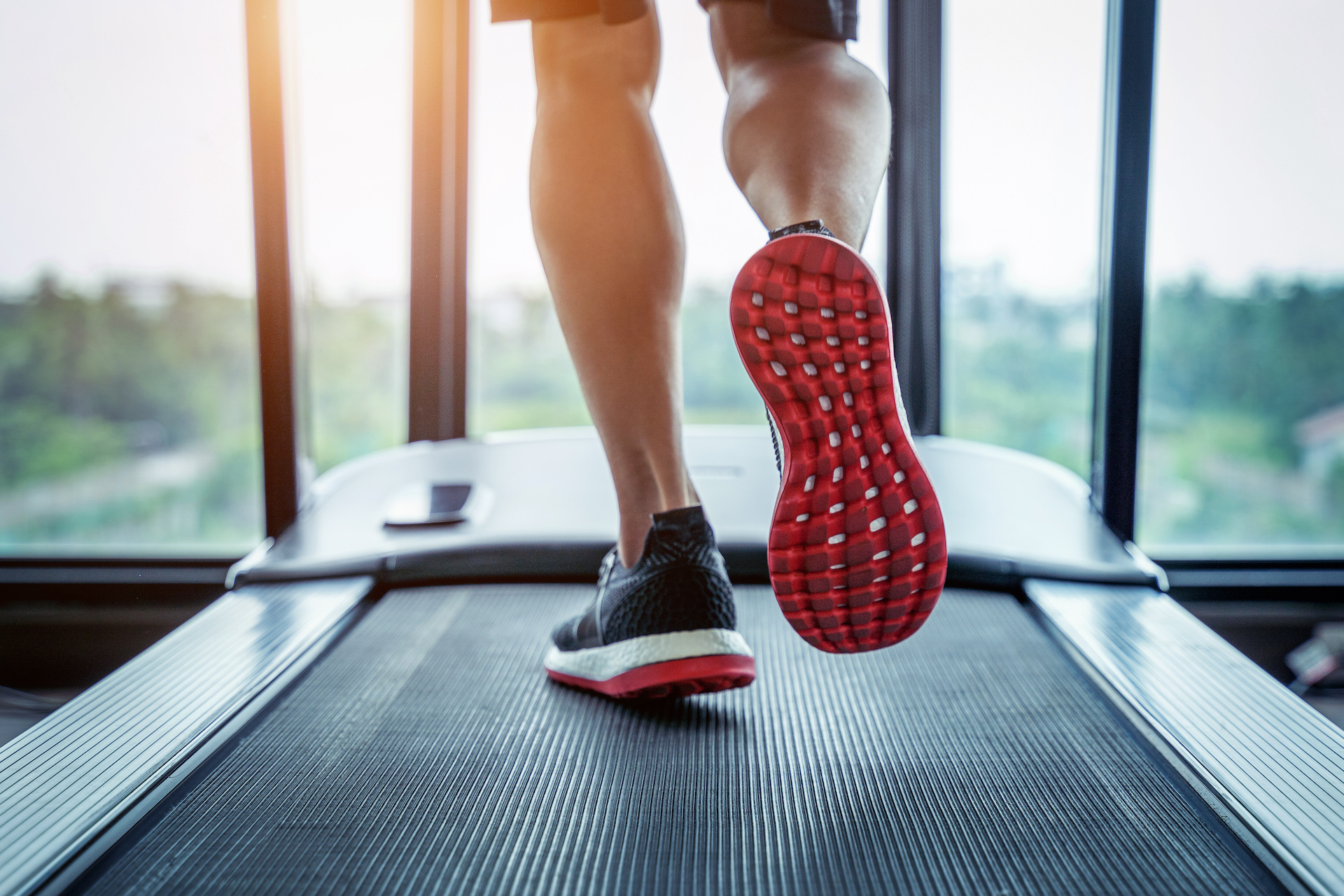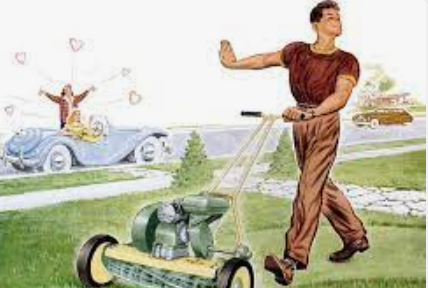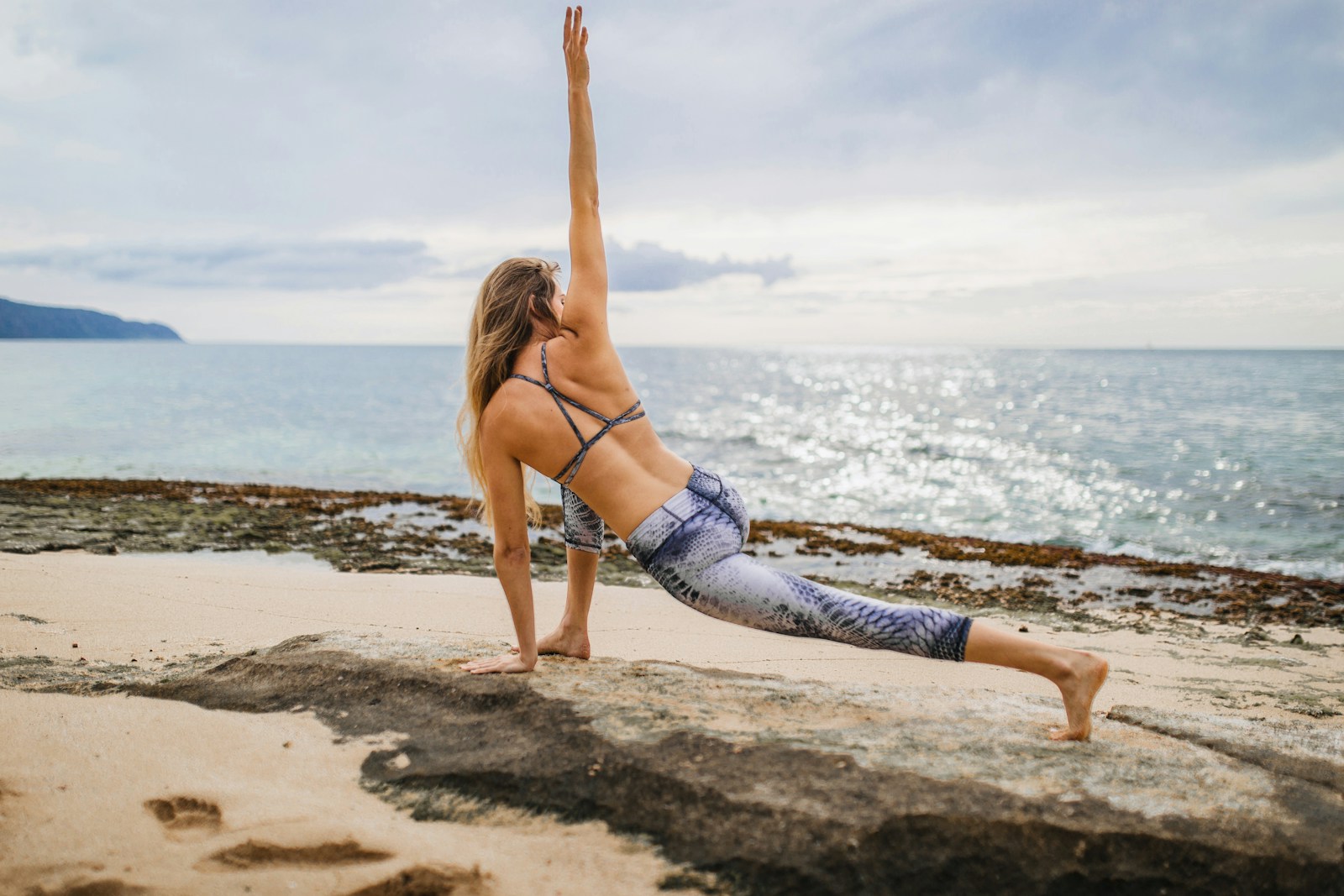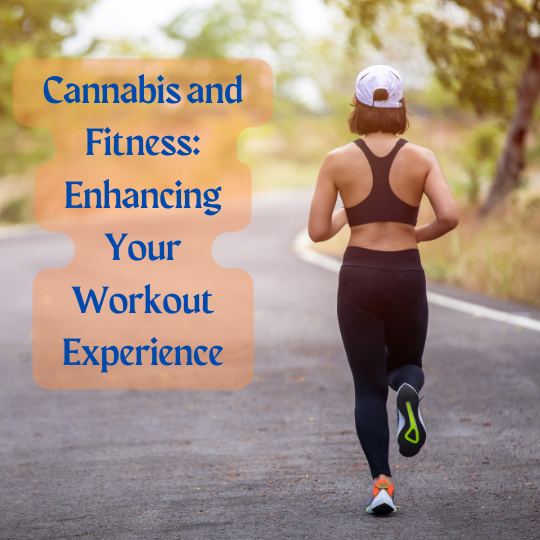Leafly’s own Dr. Nick Jikomes breaks down what we know about how THC influences the body’s ability to exercise.
In Part I, we learned about the relationship between physical activity and the endocannabinoid system. In general, physical activity has the effect of increasing levels of endogenous cannabinoids. Engaging in rewarding activities, including voluntary exercise, can enhance the sensitivity of CB1 receptors in the brain, influencing how they subsequently respond to cannabinoids.
Cannabinoid receptors in the brain are crucial for the motivation to engage in voluntary exercise and the endocannabinoid system responds to physical activity. It is therefore plausible that plant cannabinoids like THC, which stimulate the same CB1 receptors that respond to exercise, impact exercise performance.
Before diving into what’s been studied in terms of the effects of THC on exercise performance in humans, let’s briefly review the effects of THC on two tissue systems with high relevance for exercise: the lungs and cardiovascular system.
Read Part I
Here’s the euphoric chemistry behind your runner’s high
Effects of marijuana smoke & THC on the lungs

Takeaway: No smoke is good for the lungs, but tobacco and marijuana smoke don’t carry identical risks.
Inhaled smoke of any kind can cause damage to lung tissue. This is not surprising: our lungs evolved to inhale/exhale atmospheric air, not the smoke produced from the combustion of plant material. However different types of smoke, arising from different sources, have different compositions. As a result, they will not have the exact same effects on the lungs. There is some overlap in the composition of tobacco smoke and marijuana smoke, for example, but also many differences between the two.
Tobacco and marijuana smoke are both observed to cause various forms of cellular damage to lung tissue. Sometimes similar types of damage are seen, caused by similar combustion byproducts common to both types of smoke. There are also forms of damage seen with tobacco smoke that are not observed for marijuana smoke, and vice versa (specific examples are reviewed here). This may be why there is currently no clear evidence that smoking marijuana is a risk factor for lung cancer.
A major difference between tobacco and marijuana smoke is that the latter contains cannabinoids (predominantly THC). Both CB1 and CB2 receptors, key components of the endocannabinoid system, are found in the lungs. The CB1 receptor, responsible for THC’s psychoactive effects in the brain, is found at significantly higher concentrations in lung tissue compared to CB2. This means that THC can have direct effects on lung cells that wouldn’t be seen with tobacco smoke. Cannabinoid receptors are also found in immune cells found in the airways (mainly CB2 receptors), which means that cannabinoids like THC can influence lung inflammation.
Some of the observed effects of THC or marijuana smoke on lung cells include abnormalities in alveolar macrophages (the most numerous immune cells in the lungs) from lung tissue of human marijuana smokers. This included a reduced ability to kill Staphylococcus aureus. Other experiments using animal tissues have generally found that THC impairs the immune response to lung pathogens.
Plant cannabinoids generally have an anti-inflammatory (immune-suppressing) effect. We normally think of anti-inflammatory effects as a good thing, largely because chronic inflammation is so common today. But anti-inflammatory effects can be good or bad, depending on context. If the normal function of immune cells is impaired, compromising their ability to respond to pathogens, that’s a bad thing. If the body produces an excessive inflammatory response, suppressing it can be beneficial to health.
Shop highly rated dispensaries near you
Showing you dispensaries near
Modern people suffer from chronic inflammation: more than half of all deaths are attributed to inflammation-related disease. The high prevalence of chronic inflammation may even be a factor in why cannabis use among adults has increased.
Asthma is an example of a long-term inflammatory lung disease involving inflammation leading to airway obstruction. It can be triggered by a variety of causes. Smoke exposure generally worsens asthma symptoms. In theory, a cannabinoid with anti-inflammatory effects could help lessen the symptoms of an inflammatory condition like asthma.
Although there have been reports that THC can result in bronchodilation (widening of the air passages in the respiratory system), results have been mixed in studies of patients with respiratory issues. For example, an early study found that aerosolized THC caused significant bronchodilation in some asthma patients, but the opposite (bronchoconstriction) in others. More recently, a randomized control trial in patients with chronic obstructive pulmonary disease (COPD) found no clinically meaningful effects of THC, positive or negative.
According to a systematic literature review, short-term THC exposure is associated with bronchodilation, while long-term marijuana smoking is associated with increased respiratory symptoms associated with obstructive lung disease. Whether or not the bronchodilation effects of inhaled THC might be beneficial for patients with inflammatory lung diseases is not clear.
Effects of THC on the cardiovascular system

Takeaway: People with preexisting cardiovascular health issues should be more cautious.
Given how widespread the endocannabinoid system is in the body, it comes as no surprise that CB1 receptors are found on cells of the cardiovascular system, including blood vessels and the heart. In general, THC acts as a vasodilator through CB1 receptors, relaxing blood vessels. This is why people’s eyes often get red when stoned–blood vessels in the eye have relaxed, resulting in increased blood flow.
Inhaling THC in the form of smoke or vapor causes an acute (short-term) increase in blood pressure, as well as tachycardia (elevated heart rate). For the average healthy person, this is not necessarily a bad thing. For example, elevations in heart rate and blood pressure occur in response to exercise, as the body’s tissues are in greater need of oxygenation and nutrient replenishment. People with preexisting cardiovascular health issues should be more cautious.
The biphasic effect is well-known for THC’s psychoactive effects: low vs. high doses can cause distinct effects. Biphasic effects may also be at play for THC’s influence on the cardiovascular system: lower doses tend to elevate blood pressure and heart rate, but bradycardia (slow heart rate) and hypotension (lower blood pressure) have been observed at higher doses.
In addition to THC’s direct influence on the cardiovascular system through CB1 receptors, smoking in particular is likely to have effects on oxygen demand. Smoking results in higher carboxyhemoglobin levels in the blood, decreasing oxygen supply. These types of cardiovascular changes would be expected to influence exercise performance although, as we’ll see below, the research here is limited.
Exercise performance in chronic cannabis consumers vs. non-consumers
Takeaway: Chronic smokers stay fit.
A handful of studies have looked at various aspects of exercise performance in healthy chronic cannabis consumers, comparing them to healthy non-consumers. In these studies, cannabis consumers were asked to abstain from use prior to testing (i.e. they were sober when measurements were made). These studies have generally found no difference, positive or negative, between chronic cannabis consumers and non-consumers, for the following fitness metrics:
- VO2max (the maximum rate of oxygen consumption during physical exertion, a measure of aerobic fitness)
- Blood pressure
- Muscular strength & endurance measures
- Perceived exertion
Again, these things were found not to be different between non-consumers and chronic consumers tested in the sober state. Whether or not these metrics would have differed for chronic cannabis consumers if they exercised while intoxicated was not investigated.
Although the research is limited, there is currently little evidence to suggest chronic cannabis use, when consumption occurs outside the context of training or competition, exerts a significant effect on basic measures of physical performance in non-elite recreational athletes.
Effects of acute cannabis intoxication on exercise performance
Takeaway: High performers still performed.
Very few studies have been conducted looking at the acute effects of THC intoxication on exercise performance. I only found one human study that looked at healthy participants exercising to maximal capacity. In that small study, participants performed progressively more challenging workloads until reaching leg failure in the sober state vs. ten minutes after smoking a joint. At maximal exercise, there were generally no differences observed (measures included VO2, VCO2, heart rate, and ventilation) despite seeing the expected physiological effects of THC intoxication (e.g. tachycardia, elevated resting heart rate, and blood pressure).
Beyond small studies like that, very little work has been done on the acute effects of THC intoxication on exercise performance in healthy adults. While the few studies out there have mainly found little to no major effects of acute THC consumption on exercise performance, not enough well-controlled science has been done to draw firm conclusions. Given THC’s known physiological effects on the cardiovascular system, it would be surprising if THC had zero effect on performance. To know for sure, larger, more well-controlled studies need to be conducted.
Because cannabinoids like THC are fat-soluble molecules, they can accumulate in body fat, slowly leaking out over time. This suggests that the amount of body fat you have and the rate at which you burn it off through exercise could influence THC levels in the blood. That will be the subject of part III.













































